School built with printers
With its soft lines and beautifully curved shapes, School No. 23 in Lviv, Ukraine, looks like a resort or a contemporary art museum.
However, this school was not built by skilled workers, but using a unique 3D printing method piloted by the non-profit organization Team4UA to build schools for students displaced by war.
The walls of the planned 400m2educational facility were built using a COBOD construction printer system, based on the exact digital design.
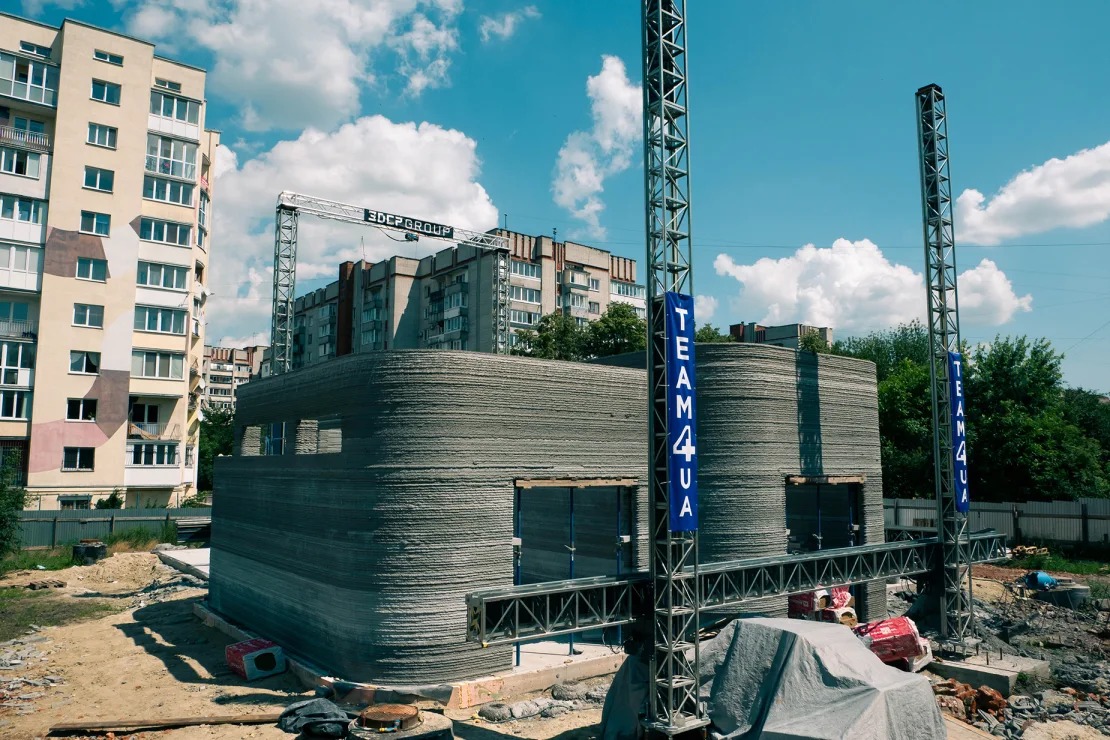
Construction site of a school building using 3D printing method. (Photo: Team4UA)
According to Jean-Christophe Bonis, founder of Team4UA, this is the first educational facility in Europe built using 3D printing technology and also the first 3D printed structure in a war zone.
“I am not a builder, architect or programmer. However, thanks to robots and artificial intelligence (AI), we can speed up the construction process,” said Mr. Bonis.
As soon as the conflict in eastern Ukraine erupted in February 2022, western regions such as Lviv faced a wave of refugees. According to the latest figures from the United Nations International Organization for Migration, in Lviv alone, there were 173,000 refugees from war zones as of December 2023.
With Project Hive, Team4UA hopes to provide at least four additional classrooms for the students taking refuge here. The project’s creators hope that 3D printing technology can become a construction method in local areas in Ukraine.
Difficulty upon difficulty
Although building schools using 3D printing methods produces sustainable structures at a faster rate than traditional methods, the Team4UA team encountered many difficulties when implementing construction in a war zone.
In fact, Team4UA initially cooperated with the design unit Balbek Bureau and the Ukrainian architectural firm Ars Longa to be in charge of the technical aspects, starting construction in September 2022, expected to be completed in just three months.
However, the ongoing fighting has affected the project's operations, with energy infrastructure and power stations being targeted, causing widespread power outages in Lviv. Due to the unstable power supply and the unsafe transportation of 3D concrete printers, Project Hive has also been delayed.
It wasn’t until last summer that the situation in Lviv stabilized, the power was restored, and the printers were delivered. Although it took less than two days to print the building’s concrete frame, the team spent six weeks training the on-site workforce.

Perspective of the school building built with 3D printer after completion. (Photo: Team4UA)
After postponing the inauguration date to January 2024, the project has run into funding problems due to skyrocketing construction costs in Ukraine. To complete the final stages of the project, such as roofing, window and door installation, and interior design, the project needs to raise at least another $400,000 (nearly VND10 billion).
In addition, the 3D printing method for building school buildings is questioned by some experts regarding its safety and stability.
According to Mr. Christian Lange, Associate Professor of Architecture at the University of Hong Kong, this technology is cheaper than conventional methods, but the cost of purchasing and manufacturing printers and transportation costs are extremely high, difficult and expensive.
He also shared that there are many cheaper alternatives such as precast concrete construction, prefabricated houses. This form of construction was popular in the early 20th century, when countries built cheap housing for people displaced after World War II.
New prospects from constructions by printing machine
However, Ms. Olga Gavura, managing partner of 7CI Group, the contractor of Project Hive, affirmed that Ukraine is currently facing a serious shortage of human resources as technicians, construction workers and industry experts have to go to the front lines to fight.
According to calculations by the Kyiv School of Economics , Ukraine lost about $151.2 billion due to the destruction of its infrastructure, including homes, schools, energy grids and transport networks. Of these, more than 3,500 educational institutions were damaged or destroyed, along with more than 160,000 homes.
Therefore, automation using 3D printing technology helps ensure construction progress with only a few experts supervising and operating, especially when many buildings in Ukraine have been destroyed by bombs and bullets, and the need for reconstruction is huge.
She believes that pilot projects like Project Hive are not only about testing construction processes, but also about training a generation of Ukrainian professionals who can independently apply technology in the future.
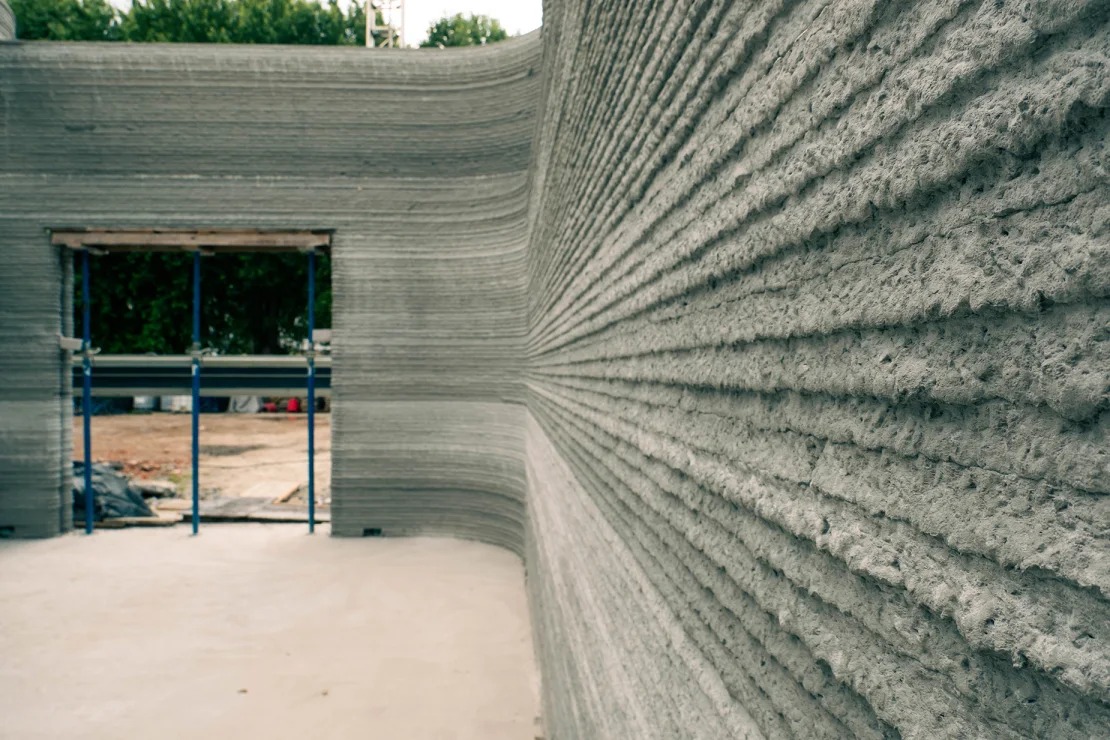
The walls were built layer by layer, taking about 40 hours (Photo: Team4UA)
Project Hive's founder also said that parents and children are very excited as the school is gradually being completed.
“When I arrived at the construction site, some children and their parents came to me and said they would definitely study at this school and were very proud that this is a unique school in the country,” said Mr. Bonis.
While waiting for the new school to start, Bonis has planned two more ambitious 3D-printed construction projects, including a bridge in Kherson and an eight-story building in the center of Kiev.
In the near future, Mr. Bonis will establish a company providing construction services using 3D printing technology in Ukraine, in which profits will be used for humanitarian activities.
“The idea is not just to build schools, it is a vision for the country. The conflict will end sooner or later, and then we will return to a new life,” Mr. Bonis hopes.
Not only Team4UA, the American construction company Diamond Age is also discussing with Ukrainian officials about building bomb shelters and military infrastructure using 3D printers.
According to Diamond Age, the 3D printing system is capable of creating insulated walls, which are 30% more energy efficient than wood materials and can withstand a category 5 hurricane or moderate earthquake, while reducing casualties during construction in war zones like Ukraine.
Source: https://www.baogiaothong.vn/xay-truong-hoc-bang-may-in-o-ukraine-19224032710332222.htm



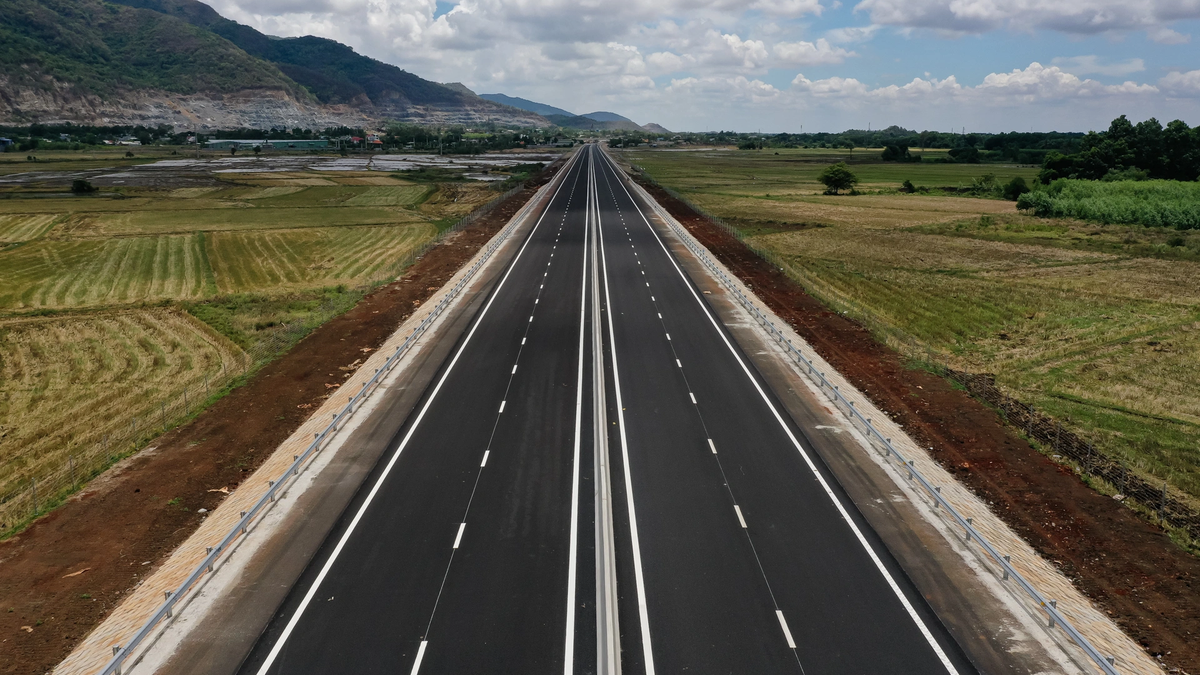
![[Photo] Party and State leaders attend the special art program "You are Ho Chi Minh"](https://vphoto.vietnam.vn/thumb/1200x675/vietnam/resource/IMAGE/2025/5/18/6895913f94fd4c51aa4564ab14c3f250)

![[Photo] Party and State leaders visit President Ho Chi Minh's Mausoleum](https://vphoto.vietnam.vn/thumb/1200x675/vietnam/resource/IMAGE/2025/5/19/d7e02f242af84752902b22a7208674ac)
![[Photo] Special flag-raising ceremony to celebrate the 135th birthday of President Ho Chi Minh](https://vphoto.vietnam.vn/thumb/1200x675/vietnam/resource/IMAGE/2025/5/19/1c5ec80249cc4ef3a5226e366e7e58f1)







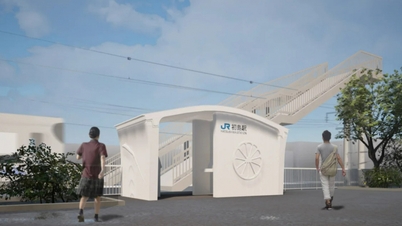










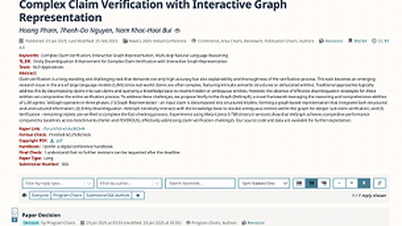

























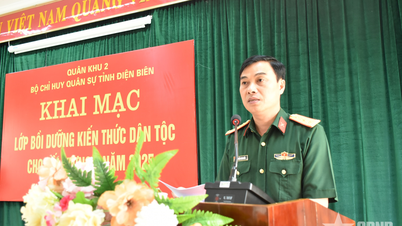








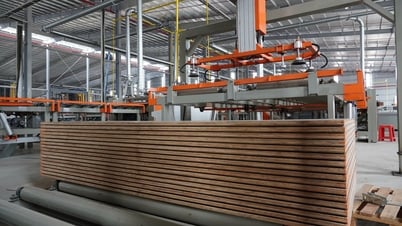











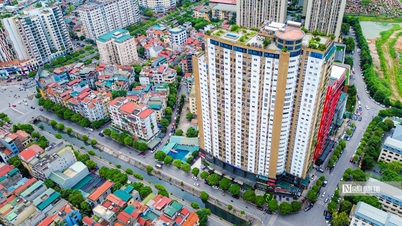

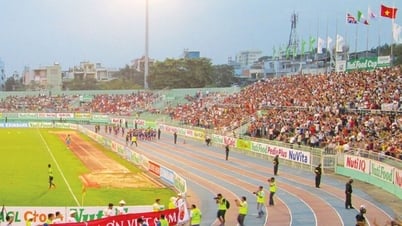






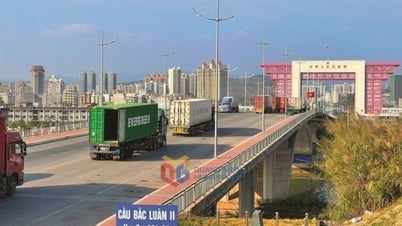
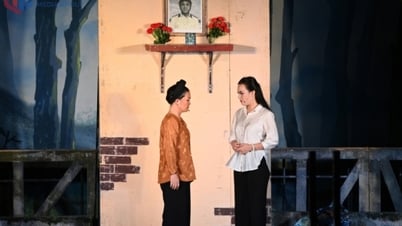


















Comment (0)